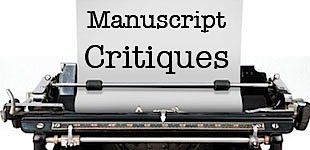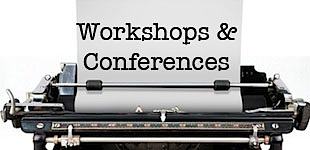
School and Library Appearances
Definite No-No's and Stupid Author TricksFact is stranger than fiction. These techniques have been tried by the inexperienced and the desperate with the same results - they result in rejections and bad reputations.
For example: Mailing chocolate with your manuscript is clever but a definite No-No. Mailing chocolate during hot weather will ensure the editor and agent remembers you - in a bad way.
Don't get caught in these situations!
1. Sending bribes or treats (lacy underwear, slipping money between the pages, flowers)
2. Claiming you were recommended by someone when you weren't.
3. Claiming you were recommended (if you really were) by someone the editor has never heard of.
4. Making up a fake literary agency name.
5. Sending porn to a children's magazine or book editor (it's happened!)
6. Sending your manuscript to EVERY publisher in the country
7. Calling an editor the day after your manuscript arrives to demand they read it.
8. Showing up on an editor's door step with a manuscript!
9. Stalking an editor or agent at a conference.
10. Passing your manuscript to an editor or agent under the bathroom stall (yep - that's been tried too!)
11. Telling the editor or agent that your family, teacher, students, neighbors and/or pets loved your work.
12. Offering to appear on shows like Good Morning America in your cover letter.
13. Mispelling the name of the editor/agent on the letter.
14. Calling Mr. Jones, "Ms. Jones."
15. Addressing the letter to one editor when you're sending it to another (remember to change all the applicable data if you are using a form letter).
16. Sending a non-fiction book to a fiction publisher (or vice versa).
17. Sending a handwritten manuscript.
18. Using weird, hard to read fonts, colored paper and unusual packaging.
19. Sending the manuscript in a way that requires the publisher to sign for it.
20. Forgetting to send postage and an envelope if you want the manuscript returned to you.
21. Sending chapters to an editor out of order (Chapter 1, Chapter 10, Chapter 30) instead of the first three chapters.
22. Going up to an author you know (or don't know) and saying "I have a great idea - I'll give it to you and you can write it up, send it to the editor and send me the money." Or "Can you write about me? I have a story that needs to be told!" (to which I reply - then tell it!)
And the WORST Mistake!
23. Calling experienced authors to say "How do I get started?" or asking "What's your shortcut?"or asking "Would you read my manuscript?" Those questions cause writers who would otherwise be willing to talk to you to run screaming in terror. The same is true of editors.
Do your homework first. Take time to read books on "How to Write for Children" Books.
Have fun on your writing journey - enjoy the ride!







